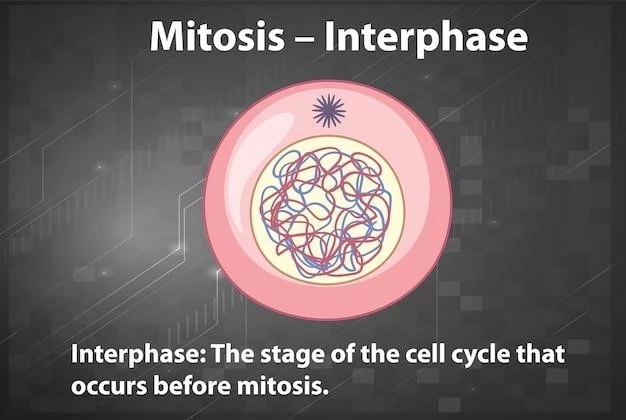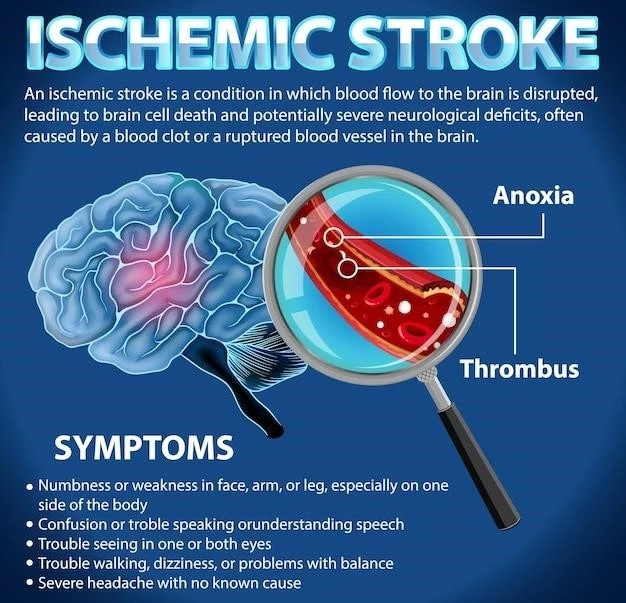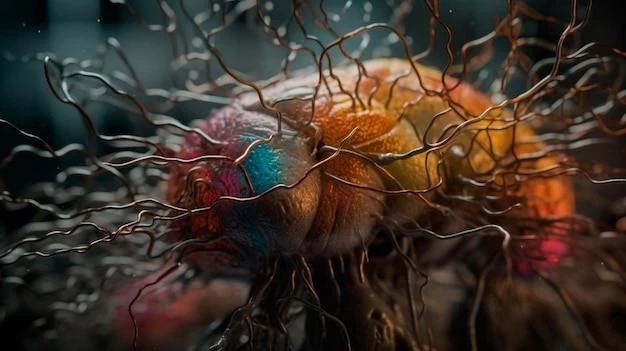Introduction to Myotonia Atrophica
The rarity of Myotonia Atrophica presents challenges in diagnosis due to its unique muscle characteristics.
Definition and Rarity
The rare and intricate nature of Myotonia Atrophica contributes to its unique diagnostic challenges within the medical field. Understanding the genetic inheritance and muscular degeneration associated with this condition is crucial for accurate identification and management.
Understanding Myotonia
Myotonia is a rare condition where muscles struggle to relax after contracting. It can affect various muscle groups and is related to genetic changes. Treatment options encompass medications, lifestyle adjustments, and supportive devices.
Impairment of Muscle Relaxation
Myotonia Atrophica is a hereditary disease characterized by impaired muscle relaxation post-contraction, resulting in a range of symptoms affecting multiple systems. Understanding the genetic basis and muscle dynamics is crucial in managing this complex condition.
Etiologies and Types
The etiologies of myotonia range from dystrophic to non-dystrophic origins, with myotonic dystrophies representing common forms of muscular dystrophy. Understanding the genetic variations, such as trinucleotide repeat expansions in the DMPK gene, is essential in classifying and managing these complex myotonic conditions.
Myotonic Dystrophy Overview
Understand the core features of myotonic dystrophy and its impact on different body systems for effective management.
Characteristics and Inheritance
Myotonic dystrophy, a multifaceted genetic condition, affects various systems in the body, including muscle function, cardiac conduction, endocrine regulation, and ocular health. Understanding the inheritance patterns and molecular underpinnings of this disorder is vital for comprehensive management.
Types⁚ DM1 and DM2
Two major types of myotonic dystrophy, DM1 and DM2, are complex genetic disorders caused by expansion of nucleotide repeats in the DMPK gene. Understanding the clinical and molecular distinctions between these types is essential for accurate diagnosis and management of the disease.

Clinical Presentation of Myotonic Dystrophy
Recognize the symptoms and systemic impact of myotonic dystrophy to effectively address its complexities.
Symptoms and Impact on Different Systems
Recognize the symptoms like myotonia and muscle weakness and understand how myotonic dystrophy affects various body systems for a comprehensive approach to management.
Core Features⁚ Myotonia and Muscle Weakness
The core features of myotonic dystrophy include myotonia, characterized by delayed muscle relaxation after contraction, and muscle weakness. Recognizing and managing these symptoms play a crucial role in addressing the impact of the disease on individuals.
Diagnosis and Genetic Aspects
Understand the diagnostic methods including electromyography and genetic testing for accurate identification. Explore the trinucleotide repeat expansion in the DMPK gene to comprehend the genetic aspects of Myotonia Atrophica.
Diagnostic Methods⁚ Electromyography and Genetic Testing
Diagnosing Myotonia Atrophica involves utilizing diagnostic methods like electromyography for assessing muscle activity and genetic testing to identify specific genetic mutations linked to the condition. Understanding these diagnostic procedures is crucial for accurate diagnosis and management of Myotonia Atrophica.
Trinucleotide Repeat Expansion in DMPK Gene
The trinucleotide repeat expansion in the DMPK gene plays a crucial role in the development of myotonic dystrophy. Understanding this genetic aspect aids in diagnosing and managing the disease effectively.
Prognosis and Progression
Understand the age of onset and the gradual progression of myotonia with muscle atrophy for effective management.
Age of Onset and Disease Course
Myotonia Atrophica typically manifests in the third or fourth decade and progresses slowly, impacting muscle tone and leading to muscle atrophy. Recognizing the age of onset and disease progression aids in developing appropriate management strategies to address the condition effectively.
Myotonia and Muscle Atrophy Progression
In Myotonia Atrophica, myotonia and muscle atrophy progress slowly and steadily, affecting muscle tone and function over time. Understanding the progression of these core symptoms helps in planning appropriate interventions and support for individuals with the condition.
Treatment Options for Myotonia Atrophica
Explore various medication and lifestyle management approaches, along with supportive devices and therapies for comprehensive care.
Medication and Lifestyle Management
Medication options and lifestyle adjustments play a significant role in managing Myotonia Atrophica. Consult with healthcare professionals to determine the most suitable treatment plan tailored to your specific needs and health status.
Supportive Devices and Therapies
Seek out supportive devices and therapies to enhance your quality of life while managing the symptoms of Myotonia Atrophica effectively.
Management of Myotonic Dystrophy
Adopt a multidisciplinary approach to manage myotonic dystrophy and improve your quality of life.
Multidisciplinary Approach
Managing myotonic dystrophy requires a collaborative effort involving various specialists to address the diverse needs and complexities of the condition effectively. This approach ensures comprehensive care and improved quality of life for individuals with myotonic dystrophy.
Quality of Life Improvement Strategies
Implement strategies to improve your quality of life while managing the complexities of myotonic dystrophy. Engage in tailored therapies and lifestyle modifications for enhanced well-being.
Research and Studies on Myotonia Atrophica
Stay informed about recent findings and ongoing clinical trials to explore advancements in understanding the disease mechanisms.
Recent Findings and Clinical Trials
Stay abreast of the latest research findings and advancements in clinical trials to gain insights into the evolving understanding of the disease mechanisms associated with Myotonia Atrophica. Keep informed to make well-informed decisions about your health and treatment options.
Advancements in Understanding the Disease Mechanisms
Stay informed about advancements in understanding the genetic and molecular mechanisms underlying Myotonia Atrophica to guide future research and potential treatment innovations.
Complications Associated with Myotonic Dystrophy
Be aware of cardiovascular and respiratory complications along with cognitive and psychosocial challenges linked to myotonic dystrophy.
Cardiovascular and Respiratory Involvement
Be aware of the potential cardiovascular and respiratory complications associated with myotonic dystrophy to ensure proactive management and maintenance of overall health.
Cognitive and Psychosocial Challenges
Understand the cognitive challenges and psychosocial impacts associated with myotonic dystrophy to address them effectively and improve overall well-being.

Patient Education and Support
Discover coping strategies, community resources, and the importance of regular follow-ups for comprehensive management. Stay informed and connected.
Coping Strategies and Community Resources
Embrace coping strategies and leverage community resources to navigate the complexities of Myotonia Atrophica effectively. Stay connected and seek support for enhanced well-being.
Importance of Regular Follow-ups and Monitoring
Regular follow-up appointments and consistent monitoring are essential in managing Myotonia Atrophica to track disease progression, adjust treatments as needed, and ensure optimal health outcomes. Stay proactive and engaged in your healthcare journey.
Conclusion and Future Perspectives
Explore promising areas of research and treatment innovations to enhance management strategies for Myotonia Atrophica.
Promising Areas of Research and Treatment Innovations
Based on the latest information available, a single aforementioned case of myotonia atrophica has been reported due to its unique muscle characteristics. Myotonia, defined as the inability of muscles to relax after involuntary contraction, can manifest in various forms, including dystrophic and non-dystrophic myotonias. Myotonic dystrophy is an autosomal dominant disease that affects several body systems, leading to symptoms like myotonia, muscular dystrophy, cardiac conduction defects, and endocrine abnormalities. Additionally, myotonic dystrophy encompasses two primary forms known as DM1 (Steinert disease) and DM2, each characterized by unique clinical and molecular features. Recognizing myotonia atrophica as a hereditary condition with notable muscle atrophy and myotonia can aid in its successful management and treatment.
